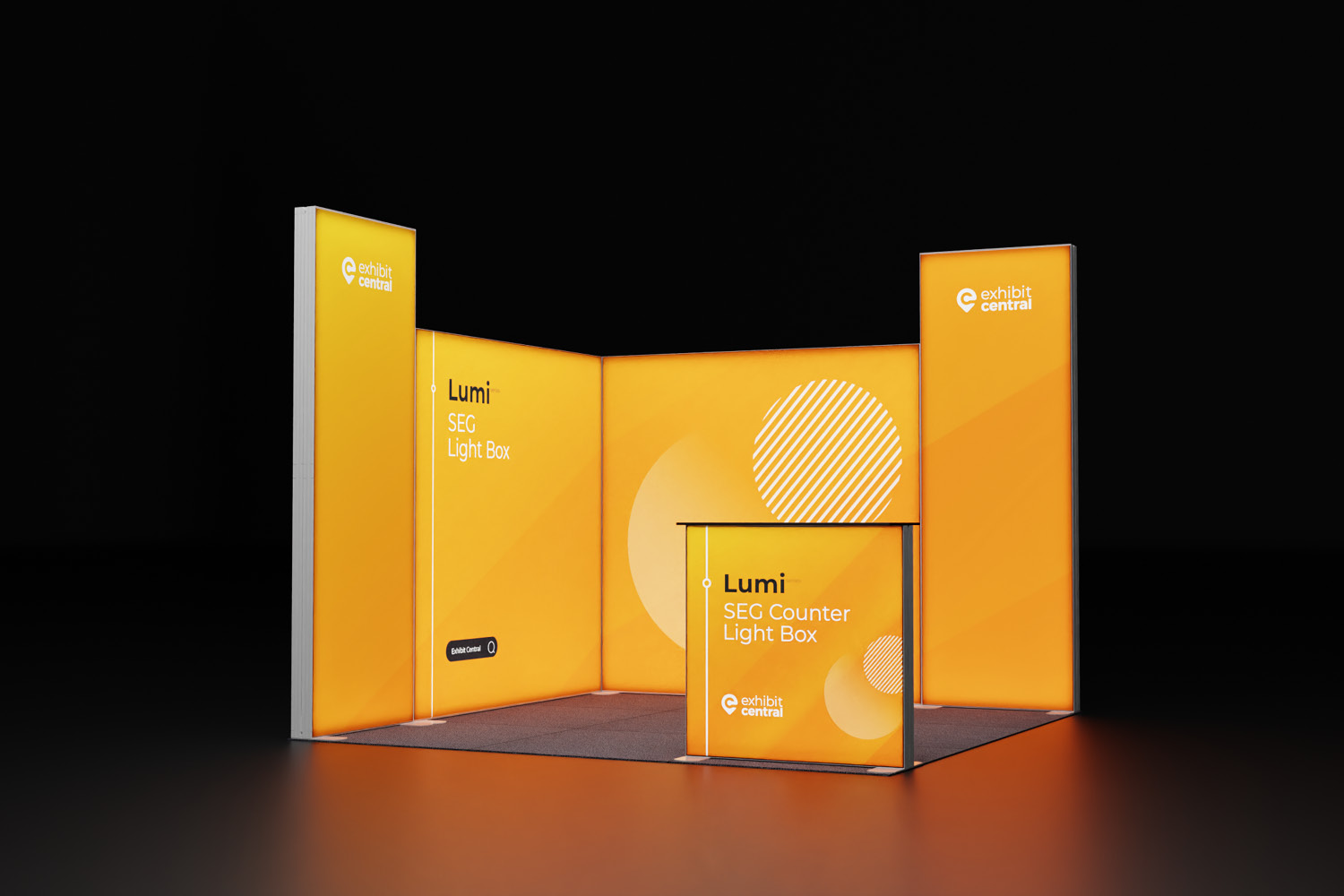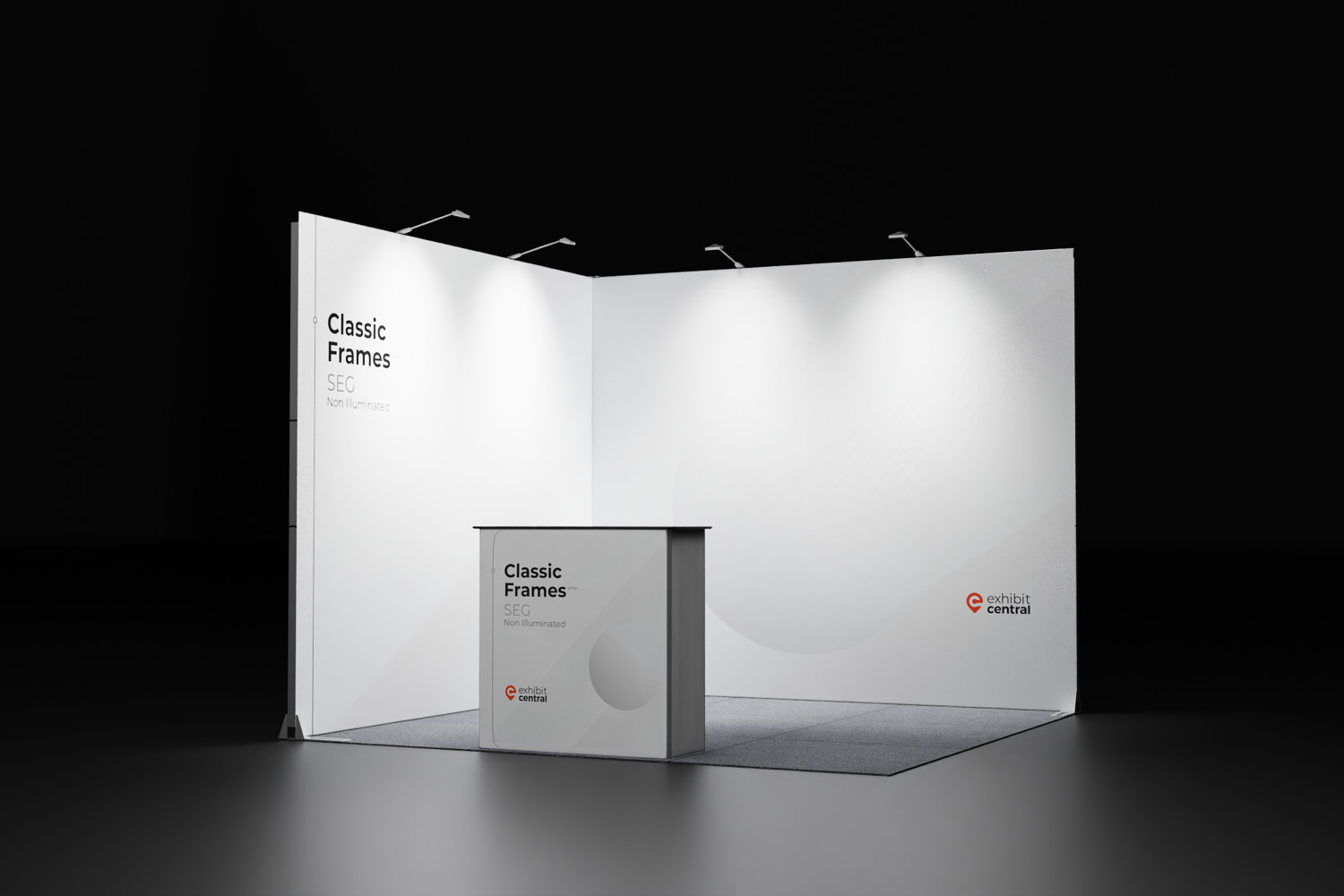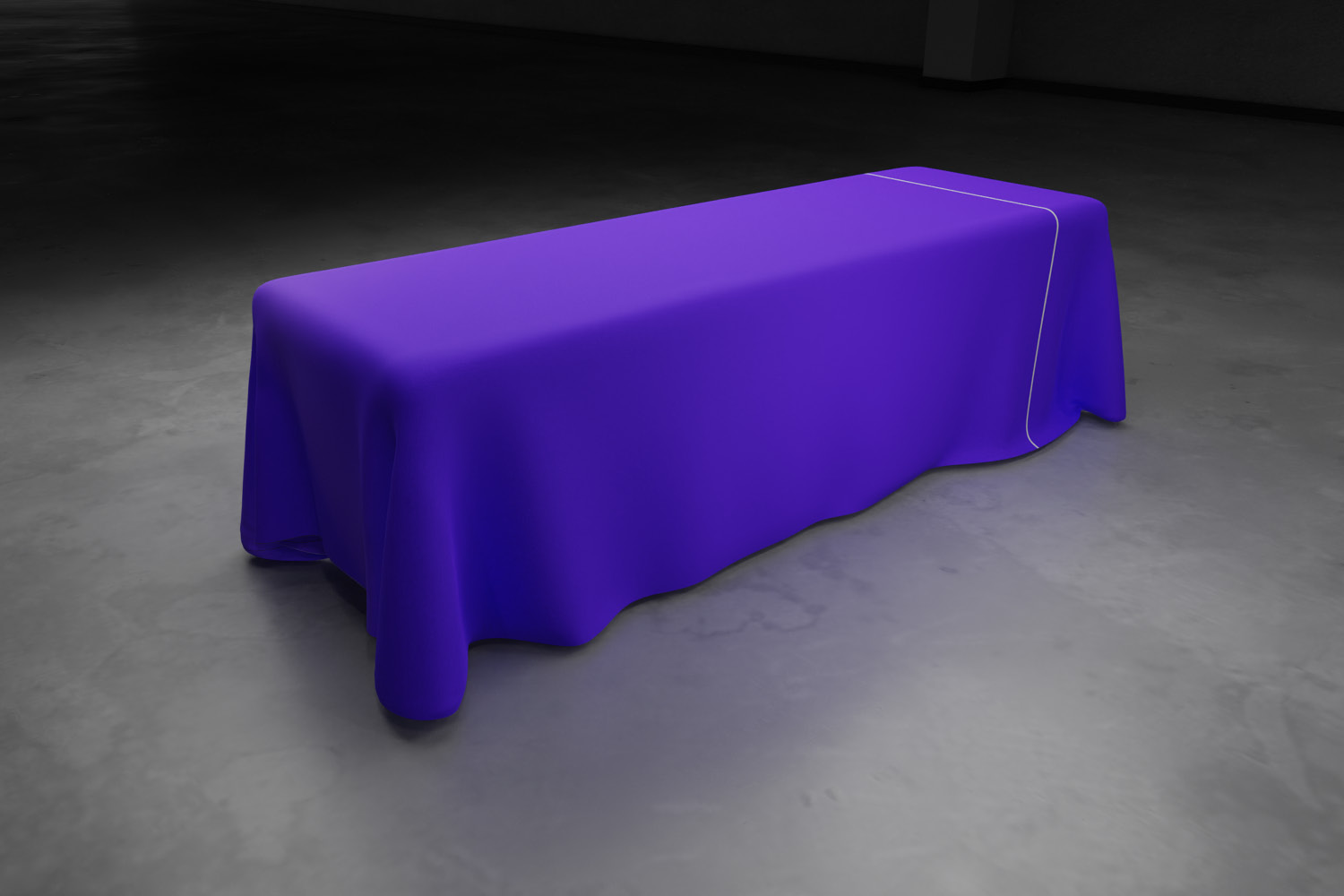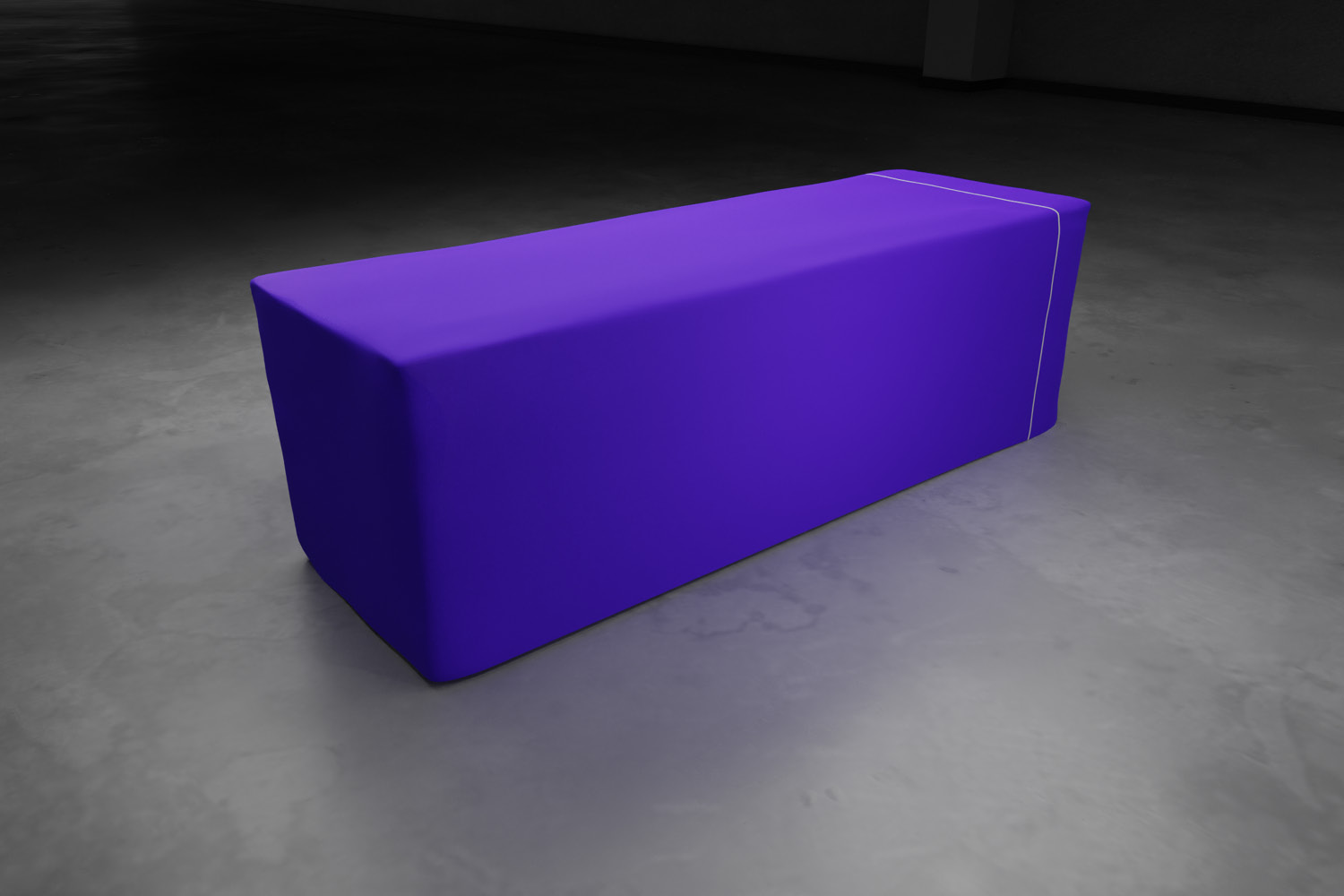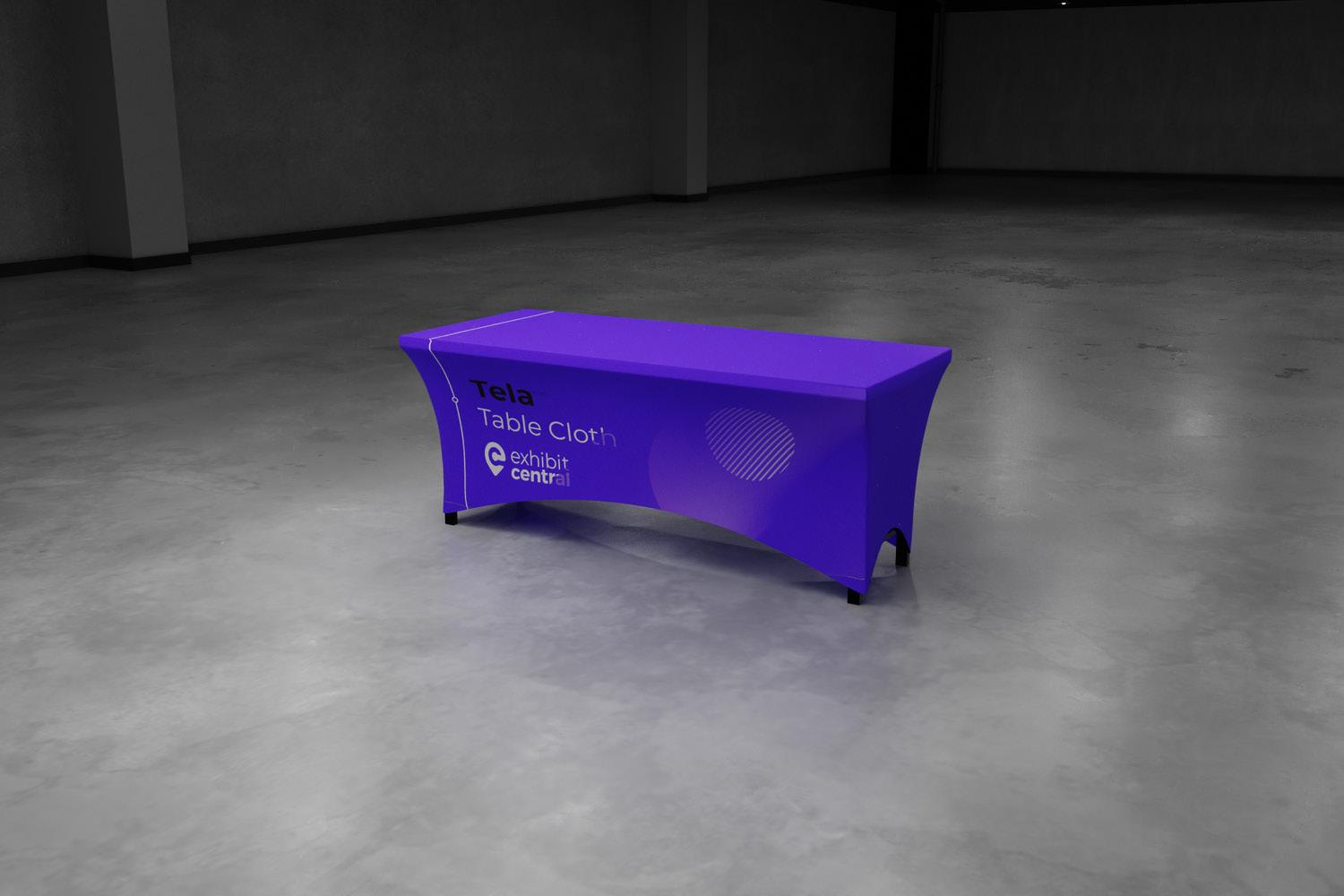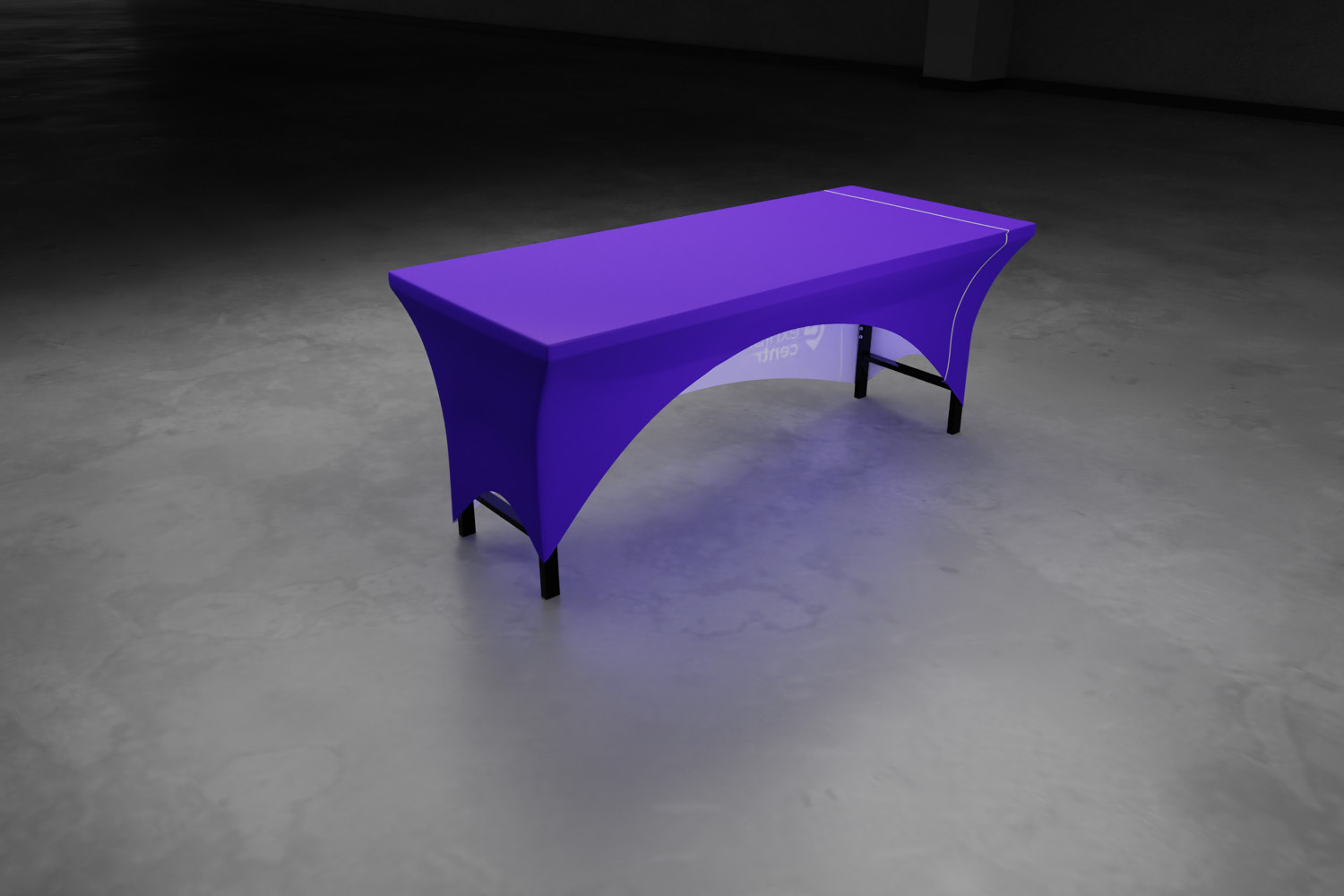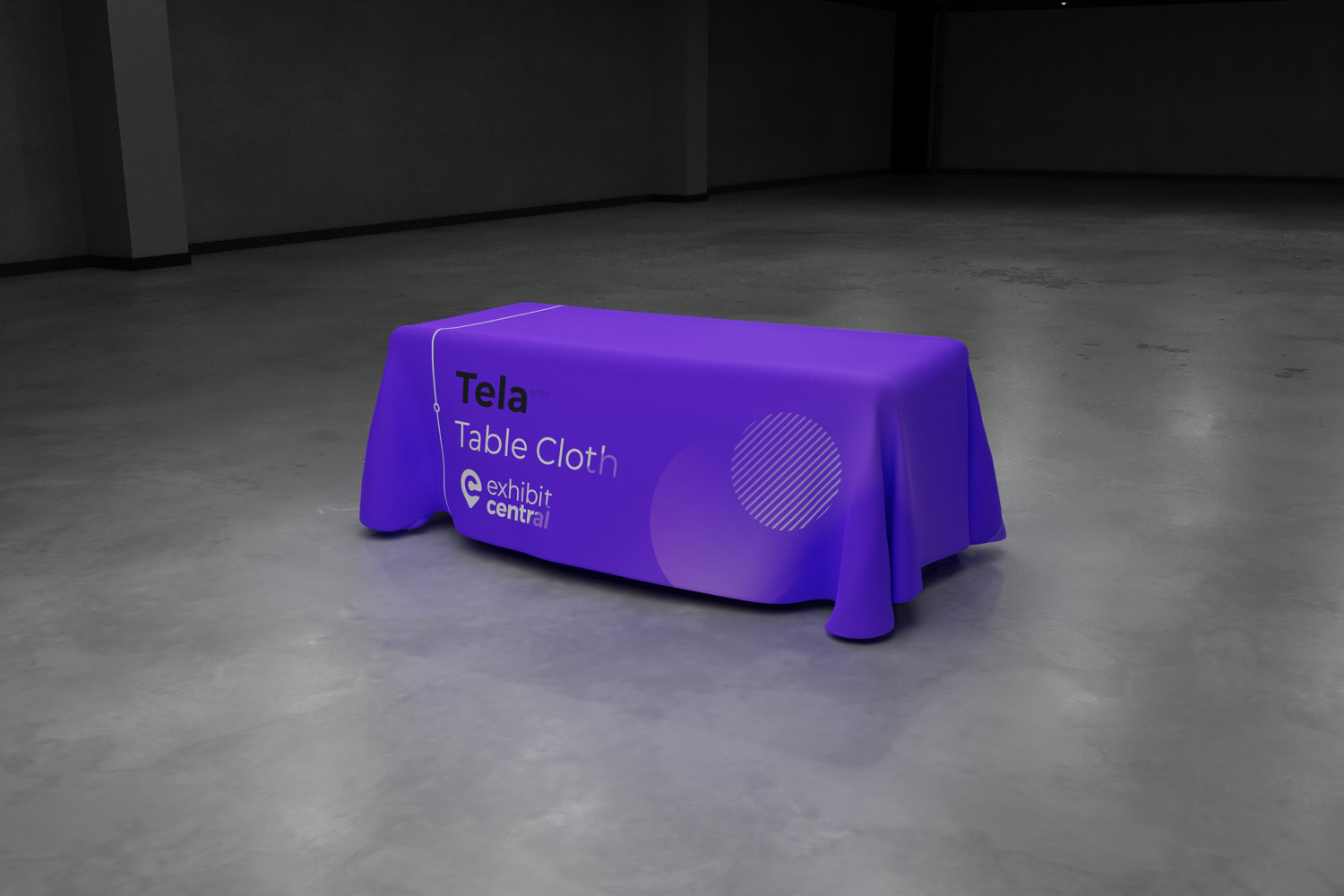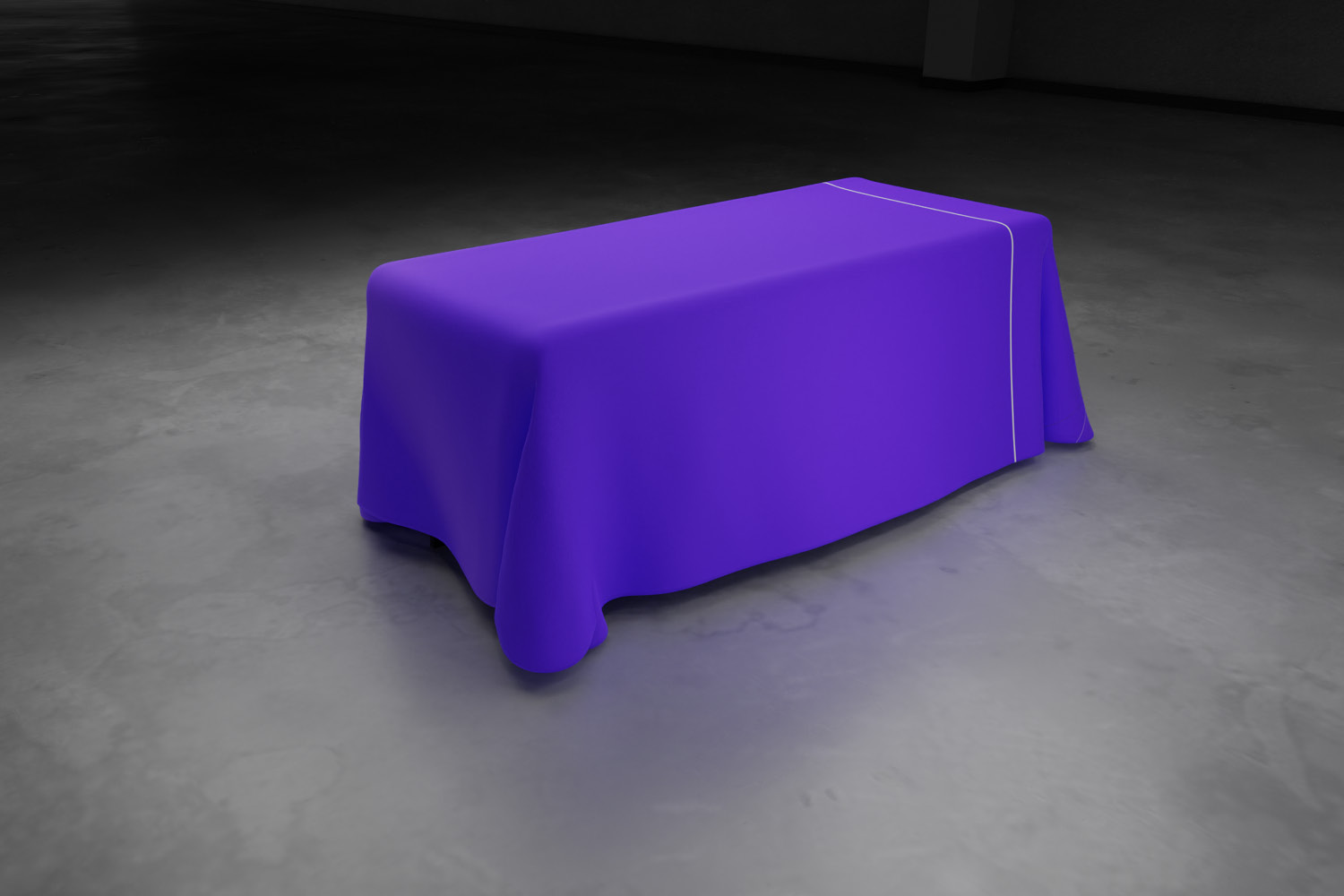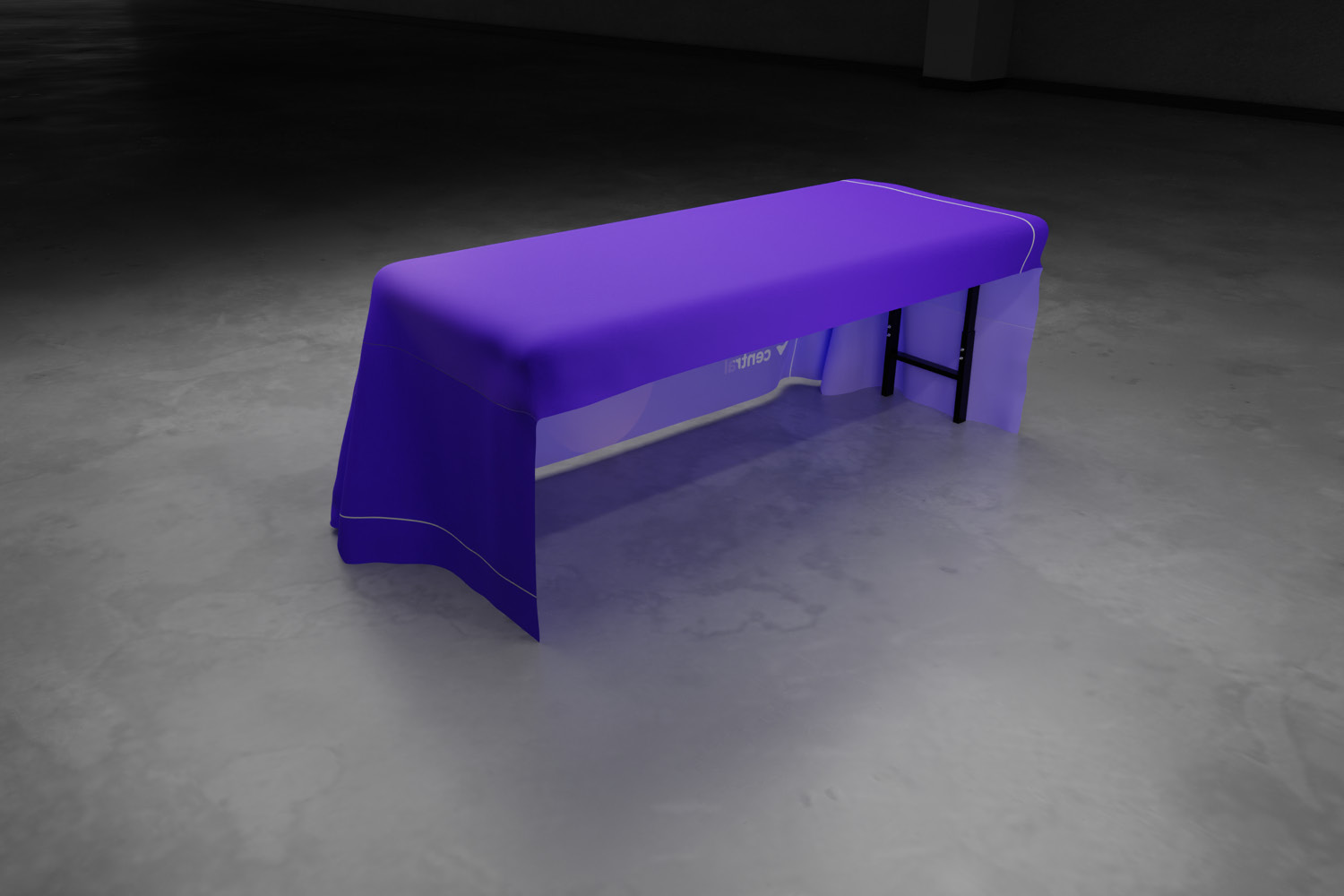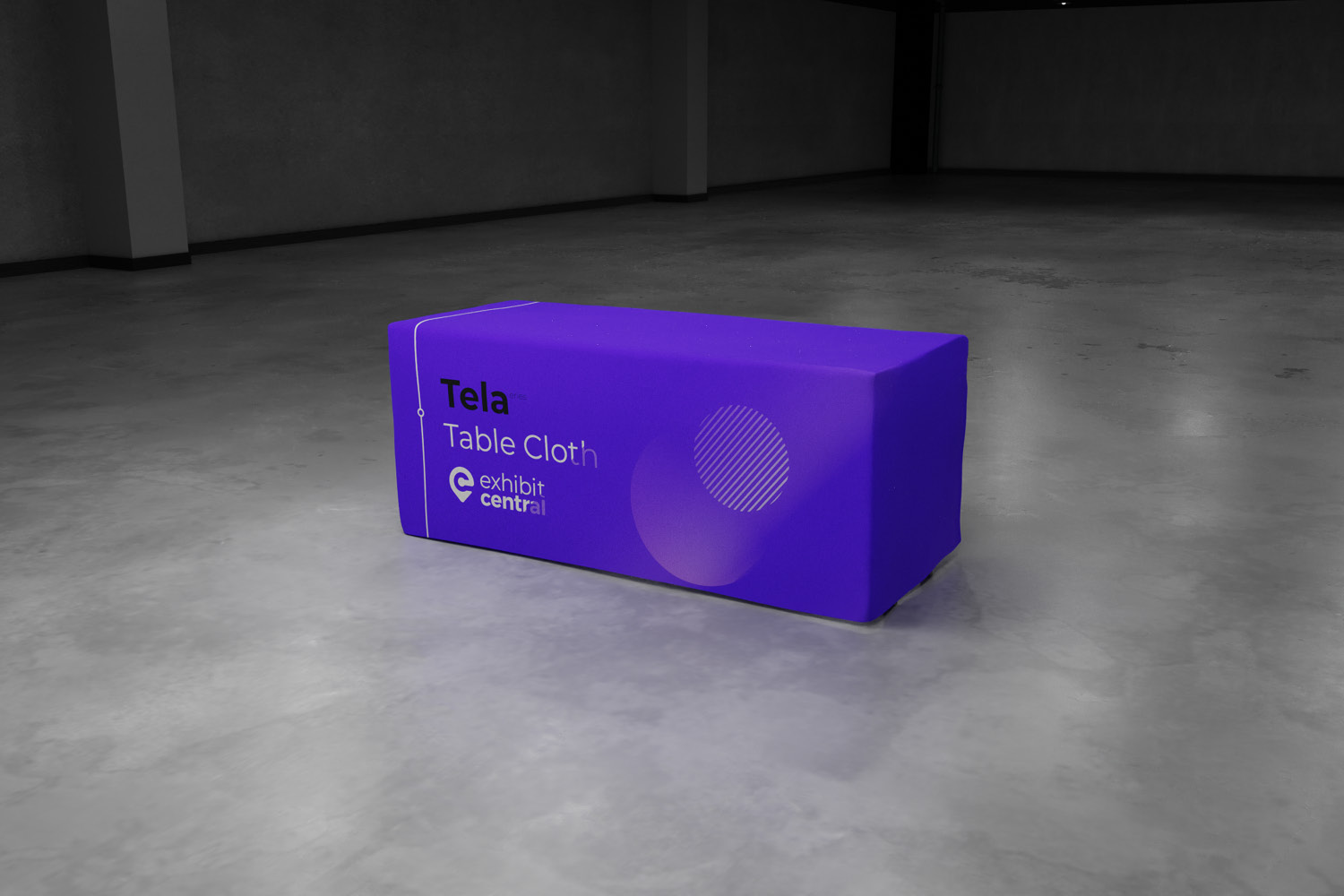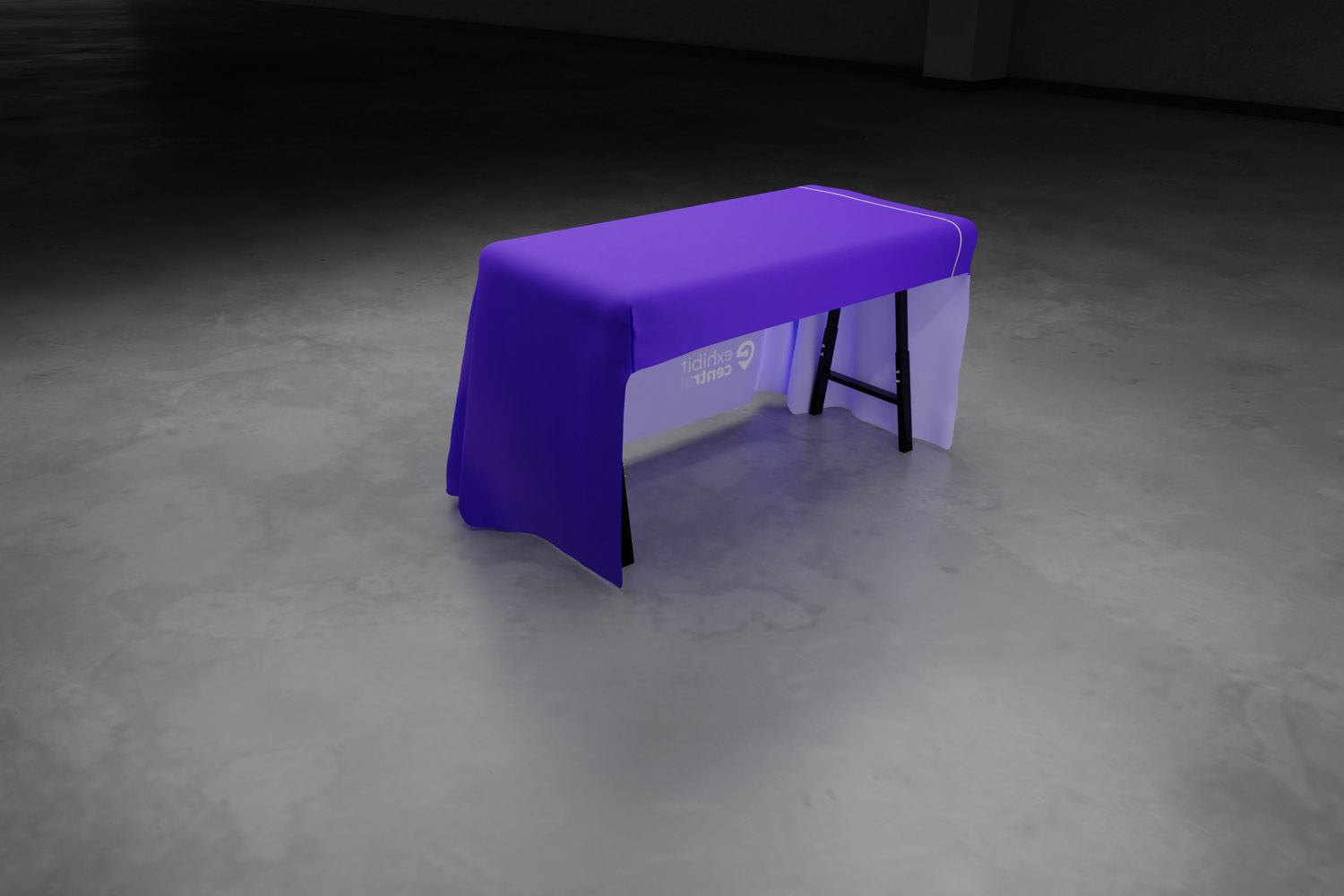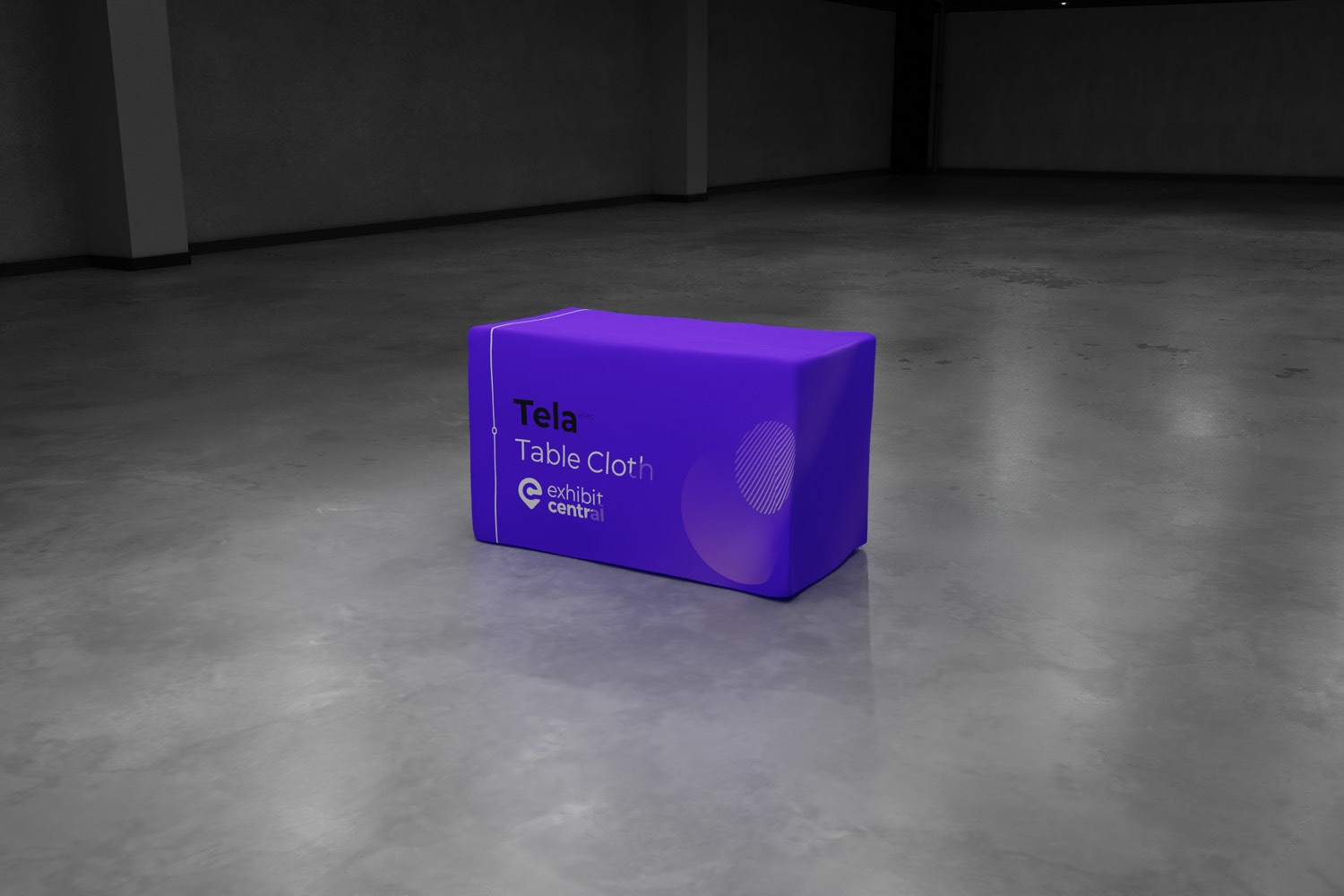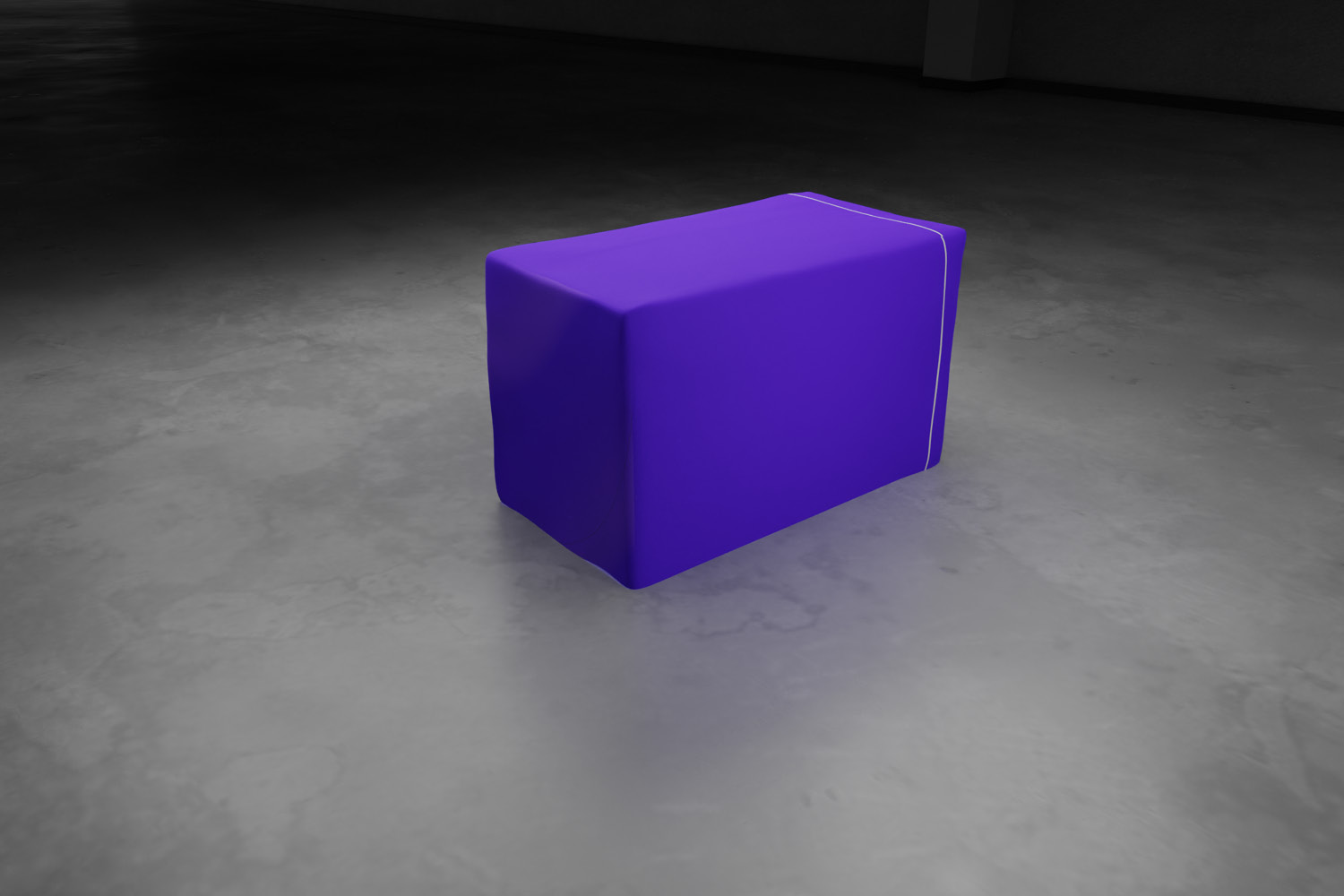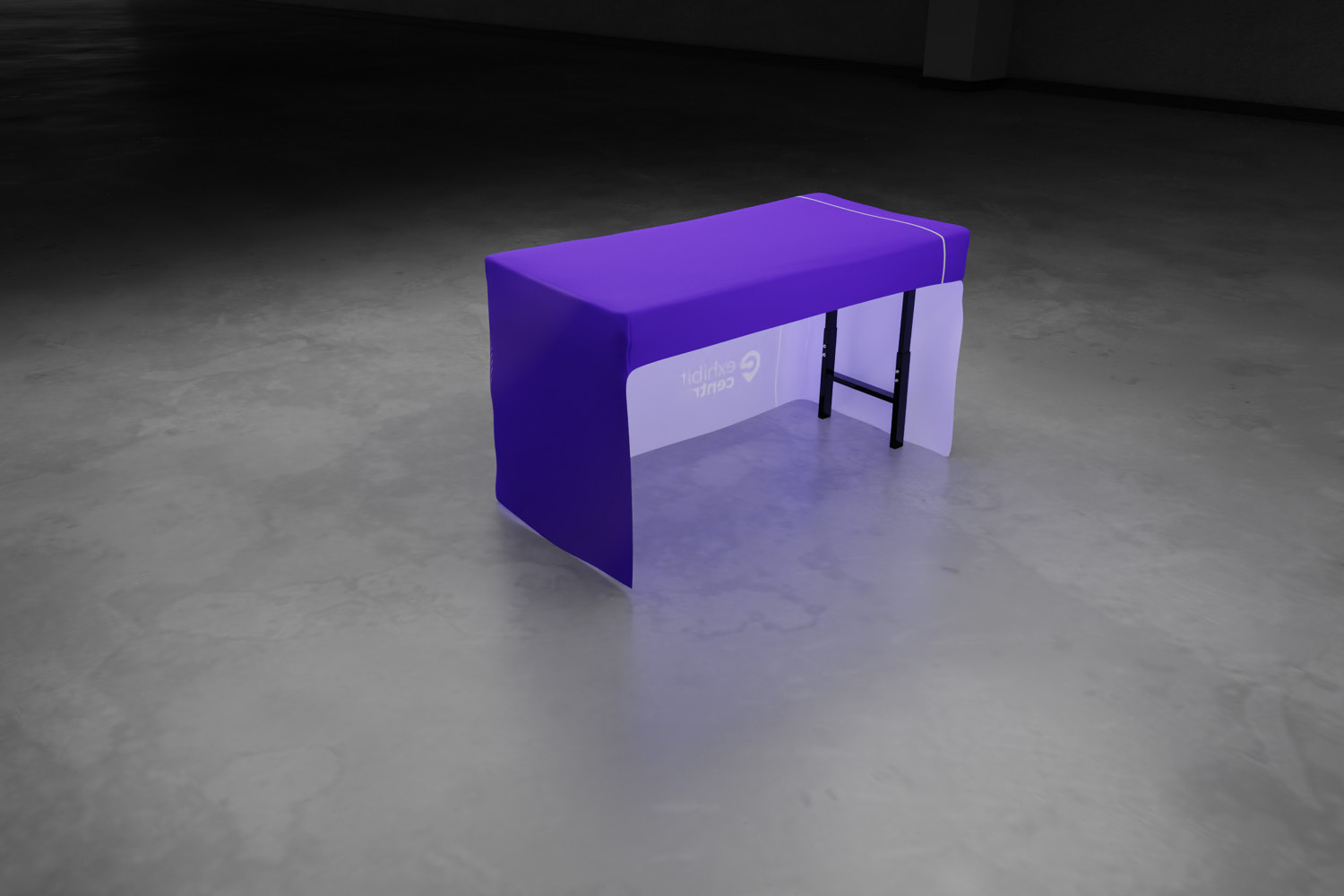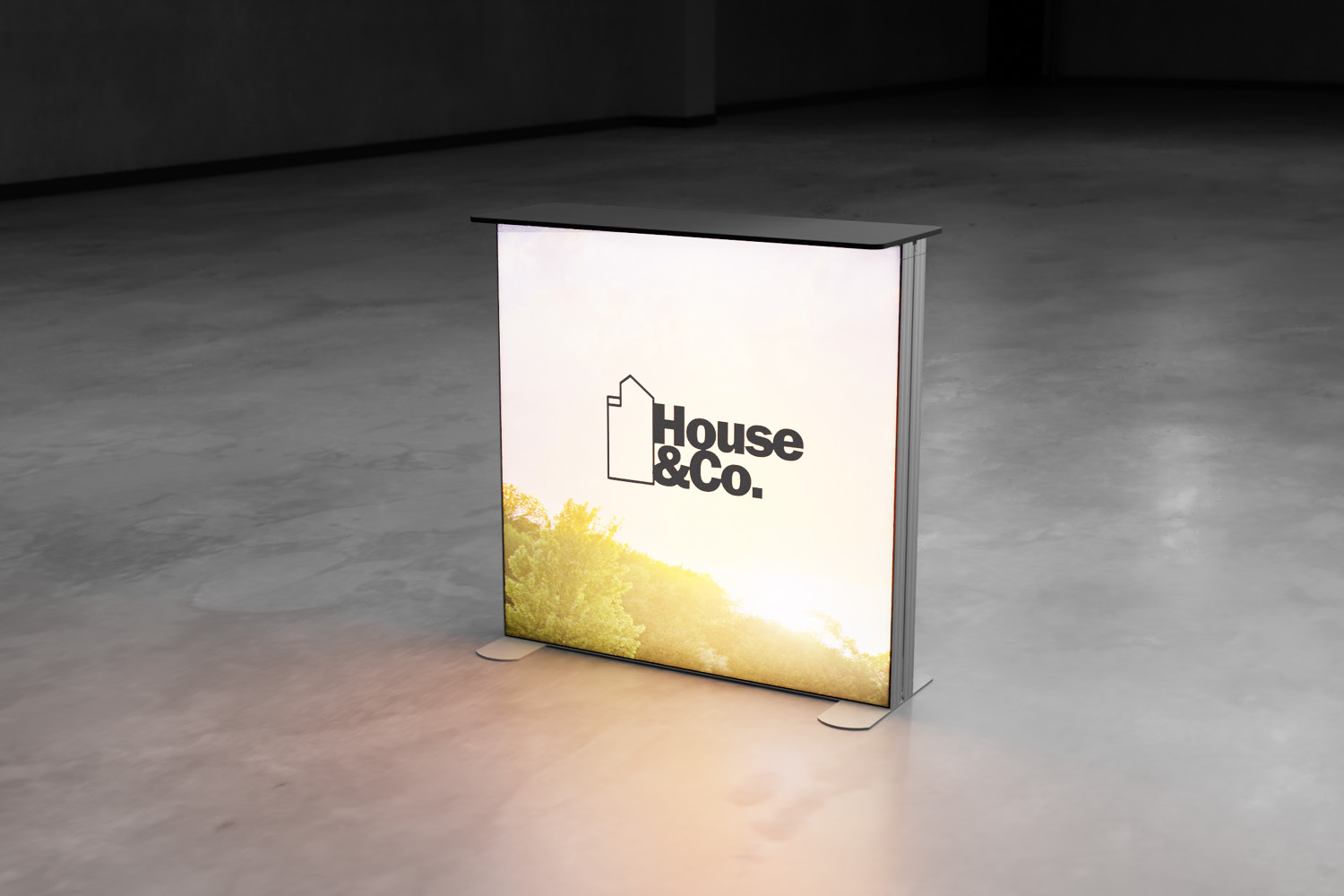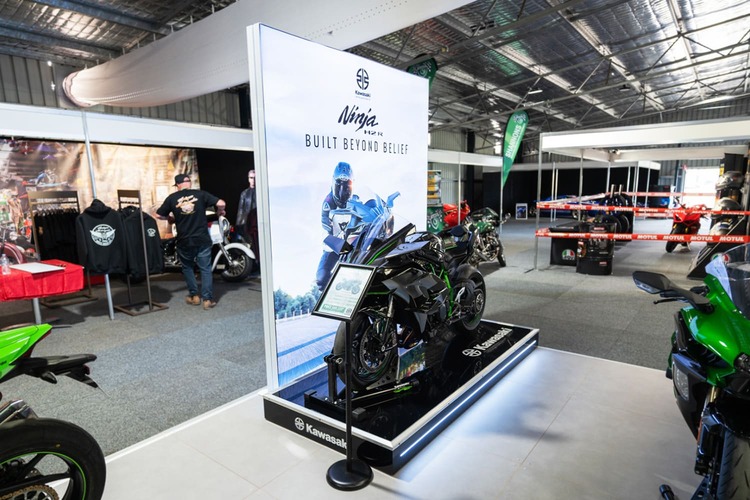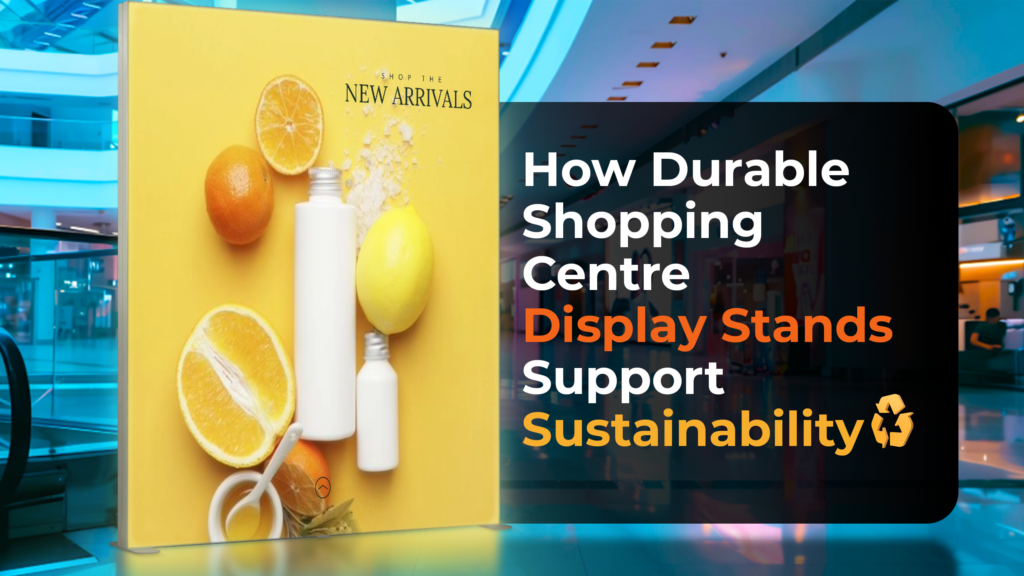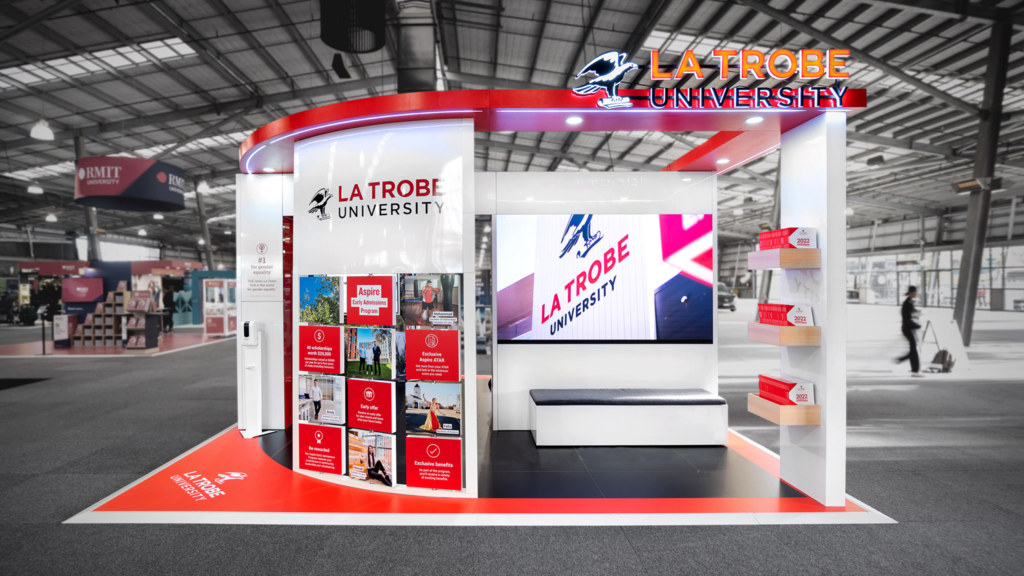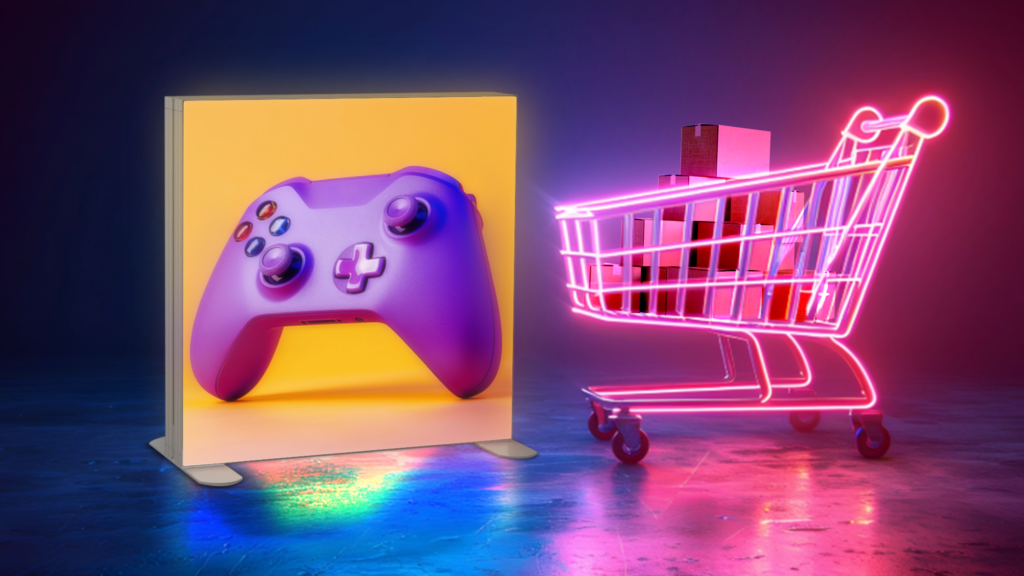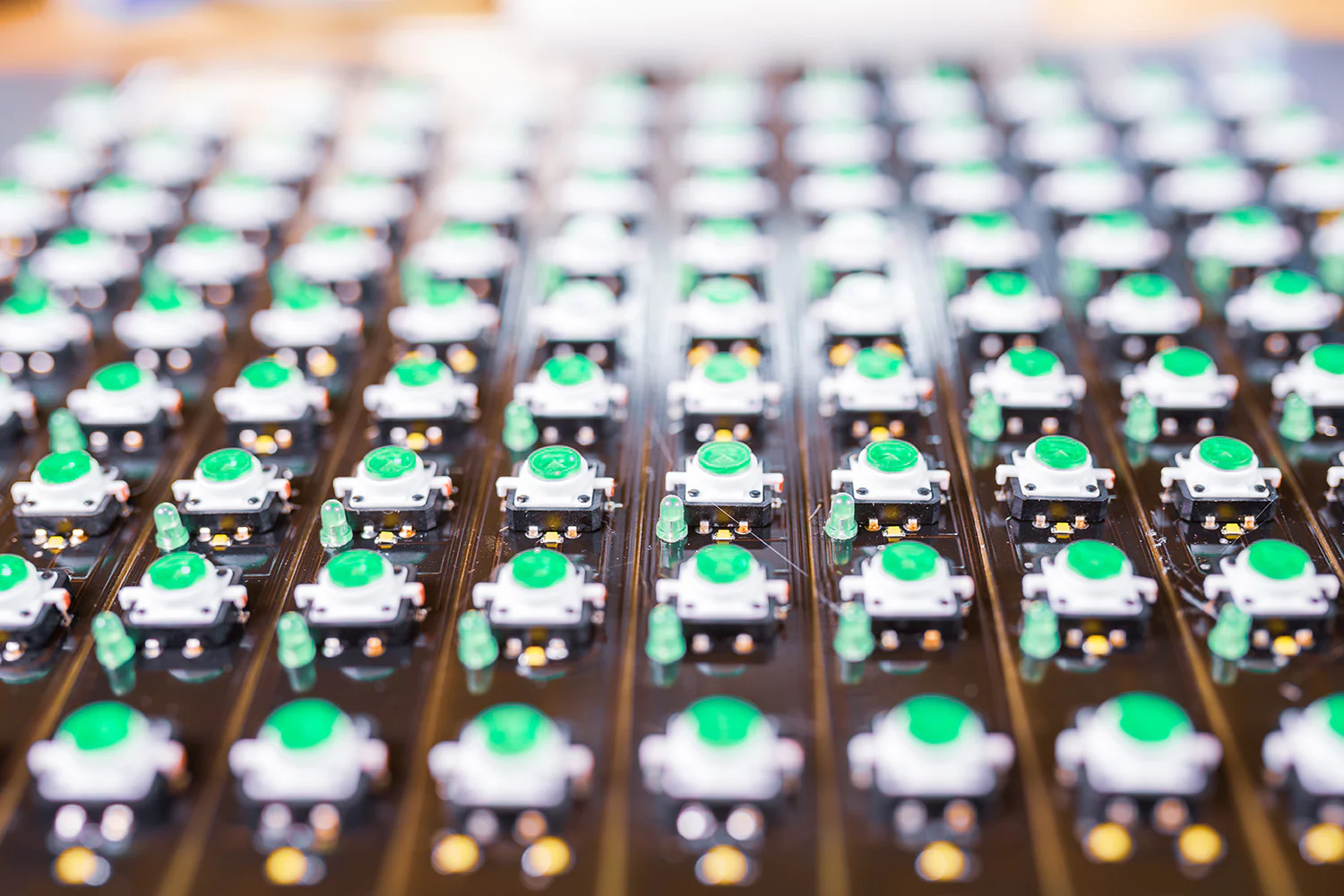
Lighting plays a crucial role in creating captivating and memorable experiences at events. Whether it’s a trade show, concert, or art exhibition, the right lighting techniques can enhance the atmosphere and draw attention to key elements. LED lights have become increasingly popular in event lighting due to their versatility, energy efficiency, and vibrant colours. In this article, we will explore various aspects of LED lighting and provide tips for creating engaging displays using LED lights.
What light to use in a light box?
Light boxes are commonly used in events to showcase promotional materials, artwork, or information displays. When it comes to choosing the right light for a light box, LED lights are the preferred option.
LED light boxes offer several advantages, such as even illumination, low heat emission, and long lifespan. LED lights also come in various colours, allowing you to create dynamic and attention-grabbing displays.
What is the major disadvantage of LED lights?
While LED lights have numerous benefits, it’s important to acknowledge their major disadvantage: initial cost. LED lights are generally more expensive to purchase upfront compared to traditional lighting options. However, this cost is offset by their energy efficiency and long lifespan, resulting in significant savings on maintenance and electricity bills in the long run.
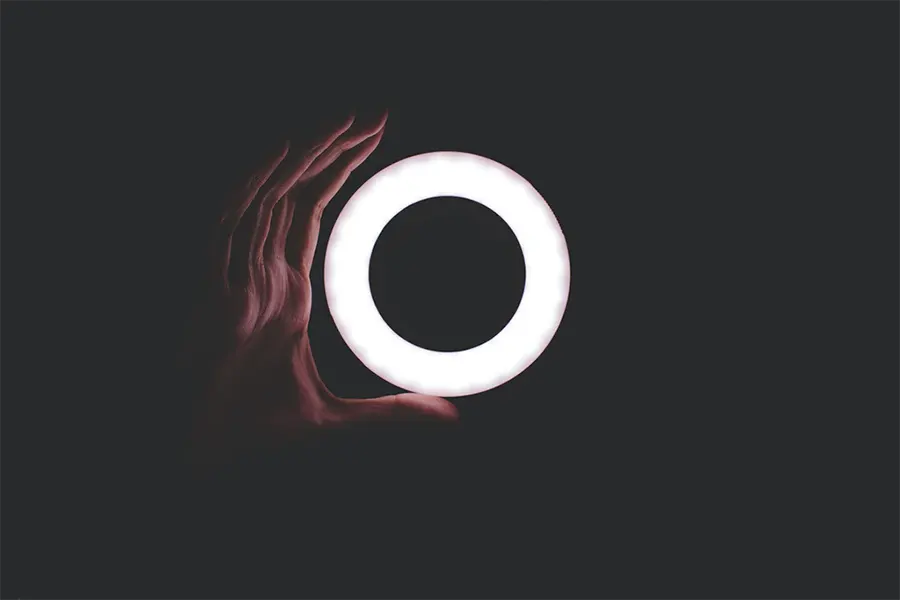
What is an LED light?
LED stands for Light Emitting Diode. It is a semiconductor device that converts electrical energy into light. Unlike traditional incandescent or fluorescent bulbs, LED lights do not rely on a filament or gas to produce light, making them more durable and efficient. LED lights are available in various forms, including bulbs, strip lights, and panels, offering flexibility for different event lighting needs.
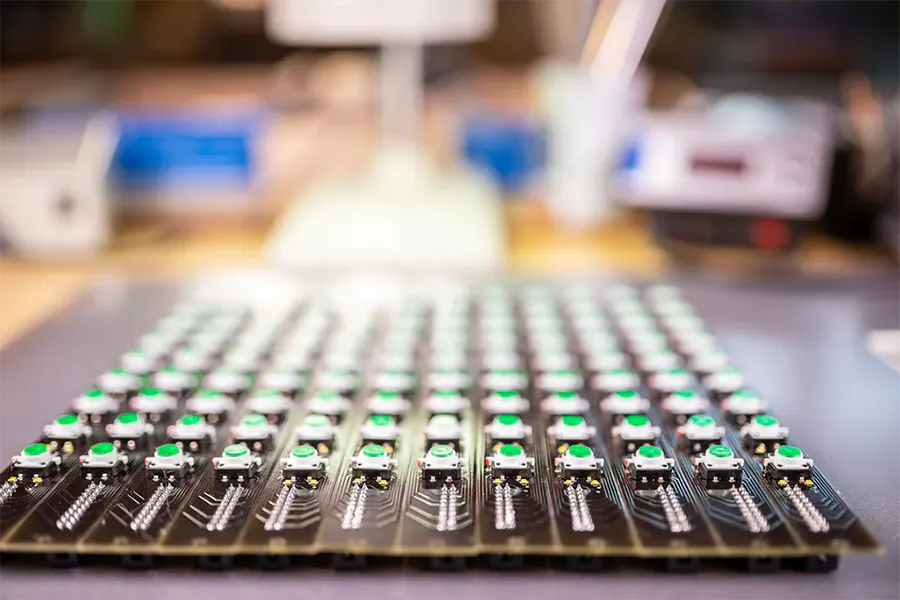
Can you cut your LED lights?
LED strip lights are a popular choice for creating dynamic lighting effects in events. One of the advantages of LED strip lighting is that the strips can be cut to custom lengths. This flexibility allows you to fit the lights precisely to your display or venue. However, it’s important to follow the manufacturer’s instructions when cutting LED strip lights to ensure proper functionality and safety.
What are the benefits of LED lighting?
LED lighting offers several benefits that make it ideal for event displays. Firstly, LED lights are energy-efficient, consuming significantly less electricity compared to traditional lighting options. This energy efficiency not only reduces costs but also contributes to a greener and more sustainable event. LED lights also have a long lifespan, reducing the need for frequent replacements and minimizing maintenance efforts.
In addition, LED lights emit little to no heat, making them safe to use in close proximity to sensitive materials or performances. This characteristic also helps to reduce the risk of fire hazards. LED lights are available in a wide range of colours, allowing you to create captivating and vibrant displays that can evoke specific moods or themes.
Are LED strip lights bright enough to light a room?
While LED strip lights are not typically used as the sole light source to illuminate an entire room, they can be used in combination with other lighting fixtures to enhance the ambiance. LED strip lighting is excellent for accent lighting, highlighting specific areas or architectural features in the room. They can be strategically placed behind furniture, along edges, or under shelves to create a visually appealing and immersive atmosphere.
How do you power LED strip lights?
LED strip lights require a power source to operate. Depending on the type and length of the LED strip, different power options may be available. Some LED strips can be directly plugged into a power outlet, while others require a power adapter or transformer. It’s essential to consult the manufacturer’s guidelines to determine the appropriate power supply.
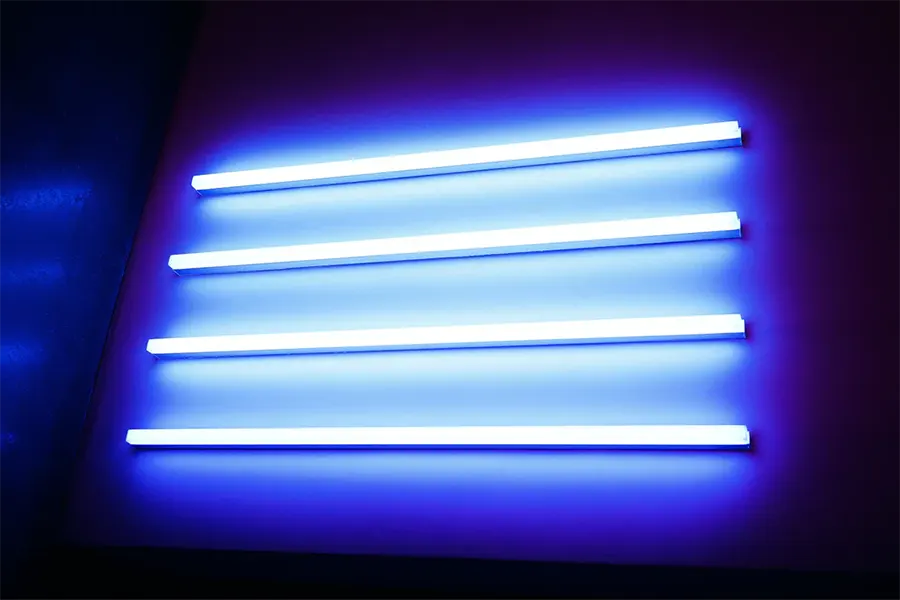
What is an LED light box used for?
An LED light box is a versatile tool for showcasing graphics, artwork, or promotional materials at events. LED light boxes consist of a frame with built-in LED lights, providing an even and illuminated surface to display printed or transparent materials. They are commonly used in trade shows, instore displays, museums, and exhibitions to attract attention and create a visually striking display.
Light boxes can be used to highlight products, convey important messages, or create a captivating visual experience. The even illumination provided by LED lights ensures that the displayed content is well-lit and easily visible, even in low-light environments. LED light boxes offer the advantage of being slim, lightweight, and easy to transport, making them convenient for event setups.
What kind of lights are used in events?
In events, a combination of different lighting fixtures is typically used to achieve the desired effect. Besides LED lights, other commonly used lighting options include spotlights, floodlights, moving lights, and strobe lights. Each type of light serves a specific purpose, such as highlighting performers or objects, creating ambiance, or adding dramatic effects. The choice of lighting depends on the event type, venue, and desired atmosphere.
How do you set up lighting for an event?
Setting up lighting for an event involves careful planning and consideration of various factors. Here are some key steps to follow:
- Understand the event: Gain a clear understanding of the event’s purpose, theme, and desired atmosphere. This will guide your lighting choices and design.
- Assess the venue: Visit the venue and evaluate the available lighting infrastructure, power sources, and any specific limitations or restrictions. Consider the layout, architectural features, and areas that require special lighting attention.
- Create a lighting design: Develop a lighting plan that includes the placement of different lighting fixtures, the type and colour of lights, and the desired effects. Consider focal points, stage areas, pathways, and any specific elements that require emphasis.
- Coordinate with other event elements: Collaborate with the event team, including audio engineers, stage designers, and decorators, to ensure that lighting complements other aspects of the event seamlessly.
- Install and test the lighting setup: Install the lighting fixtures according to the design plan and ensure that they are properly secured. Conduct thorough testing to check functionality, adjust angles and intensities, and make any necessary modifications.
- Manage lighting during the event: Assign a dedicated lighting operator to manage the lighting cues and effects during the event. Communicate effectively with the operator to ensure timely and coordinated lighting changes.
How important is lighting in events?
Lighting plays a crucial role in setting the mood, enhancing the visual experience, and capturing the audience’s attention in events. Properly designed and executed lighting can transform a space, create focal points, evoke emotions, and highlight key elements. It has the power to enhance performances, draw attention to products or displays, and engage attendees on a deeper level. Effective lighting design can elevate the overall atmosphere and impact the success of an event.
What is the best LED colour temperature?
LED lights offer a wide range of colour temperatures, measured in Kelvin (K), to create different lighting effects. The choice of LED colour temperature depends on the desired ambiance and the specific event requirements. Here are some common colour temperature ranges and their effects:
- Warm White (2700K-3000K): This colour temperature creates a cozy and intimate atmosphere, often used in weddings, receptions, or events that aim to evoke a sense of warmth and comfort.
- Neutral White (3500K-4500K): This colour temperature is often used in retail or exhibition settings as it provides a clean and balanced illumination that enhances product visibility.
- Cool White (5000K-6500K): Cool white creates a bright and energetic atmosphere, suitable for events such as concerts, conferences, or trade shows where a vibrant and lively ambiance is desired.
Ultimately, the choice of LED colour temperature should align with the event’s purpose, theme, and desired effect. It’s important to consider factors such as the venue’s existing lighting, the colours and materials used in the event decor, and the desired emotional response from attendees. Experimentation and testing different colour temperatures in the actual event space can help determine the best LED colour temp for a specific event.
In conclusion, LED lighting offers a wide range of possibilities for creating engaging light box displays at events. Whether it’s through the use of light box lighting, strip lights, or other lighting fixtures, careful planning, and execution can transform the atmosphere and captivate attendees. Understanding the benefits and techniques of LED lighting, as well as considering factors like colour temperature and venue requirements, will help event organizers and designers achieve stunning and memorable lighting setups. By leveraging the versatility, energy efficiency, and vibrant colours of LED lights, events can come alive with captivating displays that leave a lasting impression on attendees.
Share
Author
Latest posts
Forging Connections from Your Shell Scheme Booth
Attending events, trade shows, and fairs is crucial for forging valuable connections. These gatherings provide opportunities to build relationships leading …
How Durable Shopping Centre Display Stands Support Sustainability
Today’s retail landscape has evolved significantly, going beyond the simple expectation that products should have value for money. Customers now …
How an Exhibition Pop Up Stand Display Can Help You Enter New Markets
Imagine attending a bustling trade show with potential customers you’ve never connected with. This is the reality when you target …
Boost Impulse Buys with Engaging Retail Promotional Signage
Impulse buying, those delightful unplanned purchases that surprise us, holds significant sway in the retail industry. Think about the last …

